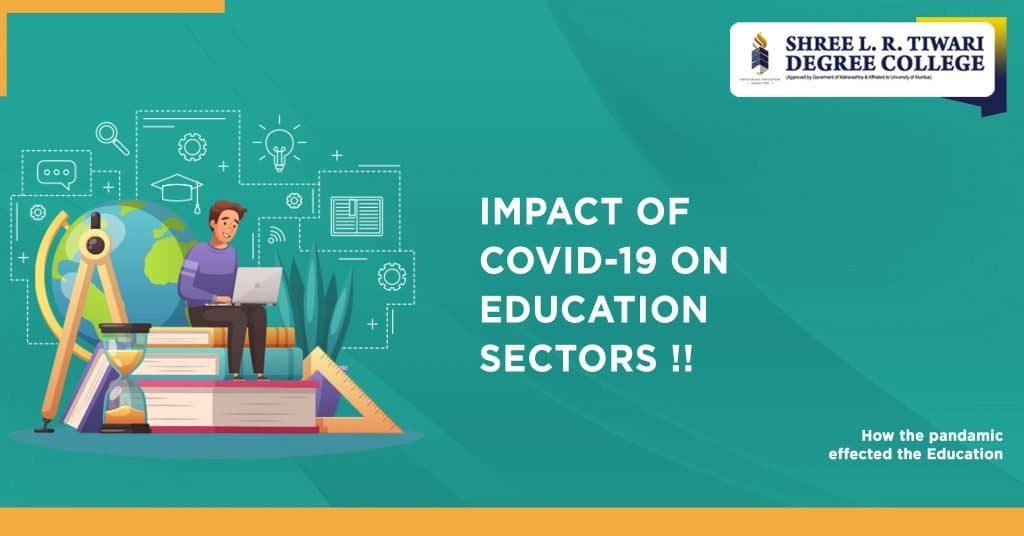‘The pandemic has been an excellent teacher’
The COVID-19 has resulted in schools and colleges shut all across the world. Globally, over 1.2 billion children are out of the classroom and as a result, education has modified dramatically, with the distinctive rise of e-learning, whereby teaching is undertaken remotely and on digital platforms. With this explosive shift away from the classroom in many parts of the world, some are wondering whether the adoption of online learning will continue to persist post-pandemic, and how such a shift would impact the worldwide education market.
Universities and college campuses are places where students live and study in close proximity to each other. They are also buzzing cultural hubs where students are brought together from different nations around the world. Recently, the foundations of this unique ecosystem have been impacted significantly by the rapid spread of the coronavirus (Covid-19) outbreak, creating uncertainty regarding the implications for higher education systems all around the globe.
While class closures, dips in enrollment at the beginning of a new semester and cancellations may be temporary, it’s hard to foresee whether the novel coronavirus will result in long-term disruption to the higher education system. It has become necessary to focus on the following key points: –
- Understanding the economic impact on the Higher education system
- Maximize online learning through various methodologies
- Develop robust systems with the help of IT
- Educate students on best practices
- Gather information and apply learnings
With educational institutes closed all around the globe due to the COVID-19, the government has been encouraging online education to achieve academic continuity. Most high-end private and public institutions have made the switch smoothly using online platforms such as Google classrooms, Zoom, Microsoft teams, etc., while many still find it a hectic task. The challenges of online education are multifarious. It is time that we Indians, as a society, perceive the realms of online education – in India, for India.
Uniform and effective online education in India—what is being done and what additional is possible?
There is a worldwide recognition of the need for inclusive education policies during the pandemic. To make online education more effective, accessible and safer, various online resources , training programs and schemes have been developed by the Government of India for students, lecturers and academic establishments.
The teaching community of India has come together to form a nationwide informal and voluntary network of teachers, called the Discussion Forum of Online Teaching (DFOT), to discuss different aspects of online teaching, and make repositories of essential resources.
Cutting-edge technologies like Artificial intelligence (AI) could open new prospects for innovative and customized approaches catering to completely different learning talents. IIT Kharagpur has collaborated with Amazon Web Services to develop the National AI Resource Platform (NAIRP), the future possibilities of which includes monitoring eye movement, motion and some other parameters for better teaching and learning. Google has additionally indicated future support in AI based education in India.
Online education opens up a lot of possibilities for students and teachers alike. Yet, it may widen the inequalities in the socio-economic fabric of India. All our policies and interventions with relevance to online education should strive to be inclusive. Smart vision, sincere efforts and time will show India the way ahead.




there is no doubt that due to covid the condition of Indian schools deteriorated. the unavailability of resources made it worse. even to resolve this issue various modes of teaching were initiated. but they are not as efficient as the physical mode of teaching. in the rural area where the children went to school mostly because they had given the food there called mid-day meal.
good blog